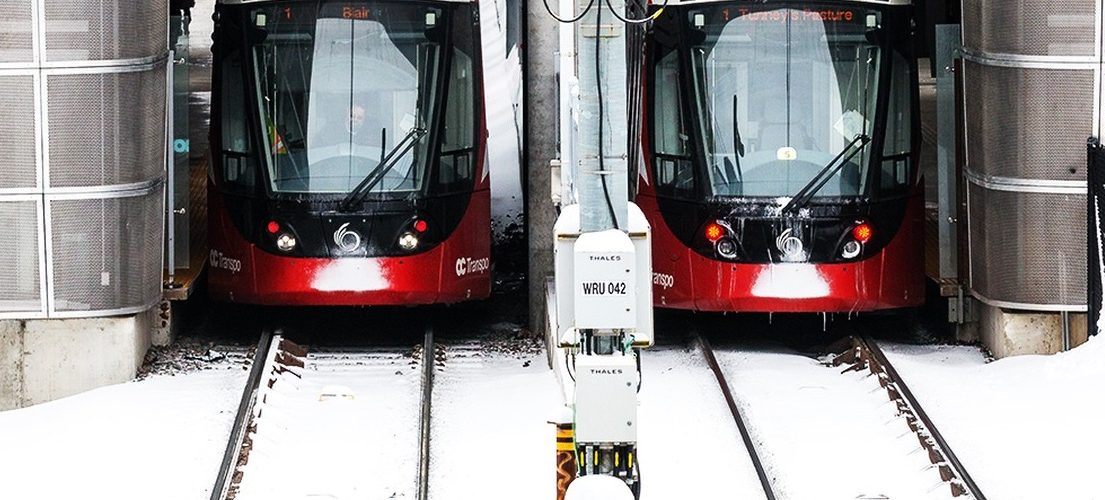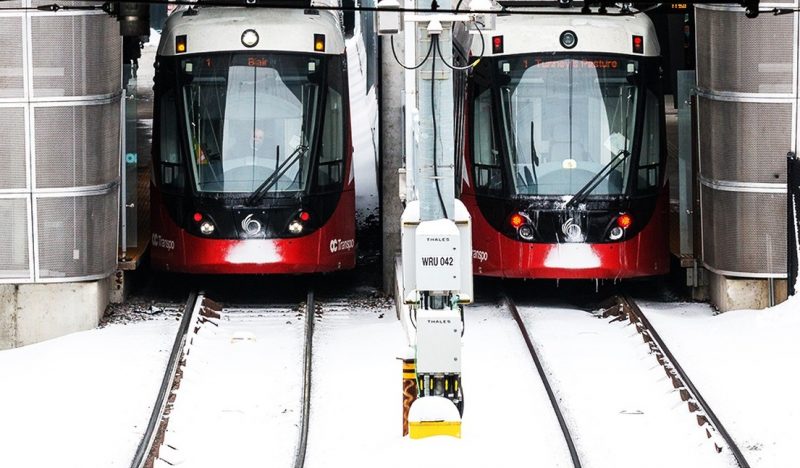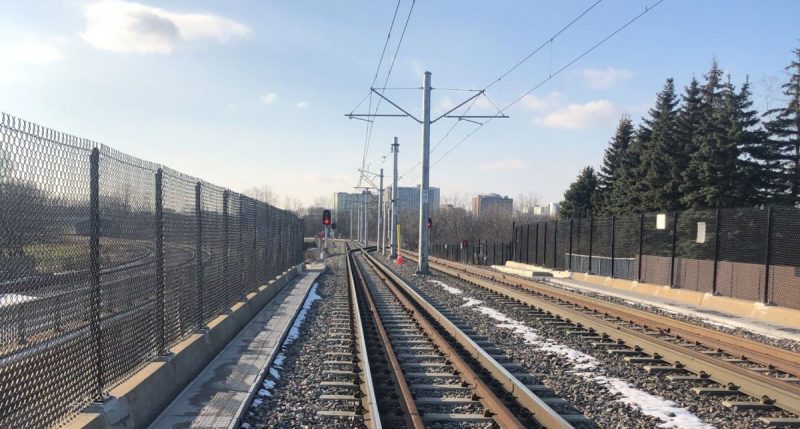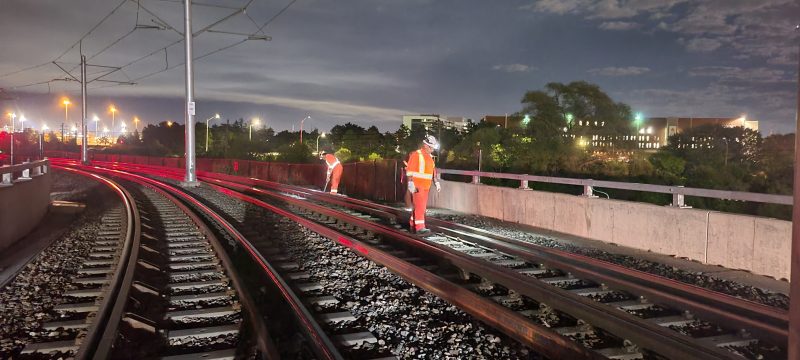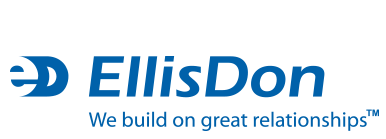Any light rail transit (LRT) system benefits are not defined solely by the lines of rails reaching forward but extend into each city’s communities.
The unique benefits of LRT, such as a transit system that has a fully electric footprint, dedicated lanes that avoid traffic congestion, and the predictability of travel time, elevate LRT above other forms of transit.
With at least nine cities in Canada constructing or operating LRT systems, hundreds of thousands of Canadians commuting to and from city centres by train join millions of other citizens doing the same globally.
Over the past several decades, rapid expansion in city suburbs across the globe, supported by a vocal and environmentally mindful public, has encouraged bureaucrats to consider LRT systems. They understand that moving people, goods, and services efficiently increase competitive economics, significantly improves citizens’ social benefits, and is environmentally sustainable.
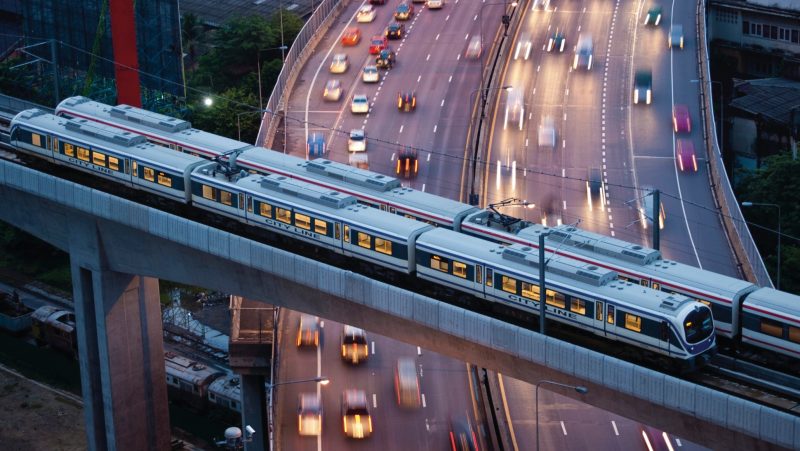
It’s true, LRT can improve traffic congestion and save people time and money, but these benefits only scratch the surface.
LRT is an established influencer of economic evolution.
While LRT can improve a city’s transportation by helping people efficiently travel within its limits, an LRT system brings other transformational economic benefits.
By reducing vehicles’ volume in a city centre, a city can recover space to allow for more business and pedestrians, encouraging economic development in areas once avoided because of traffic congestion and the inability to park.
The obvious benefit of reduced vehicle emissions means better citizens’ health, and better health of citizens means reduced healthcare costs and improved work attendance. These benefits might appear minimal, but over 30 plus years, the cost benefits add up.
Property values increase in areas close to stations and areas along railway tracks, commercial and residential. This positive benefit is higher for LRT than any other mode of transportation. And with faster, more reliable, and significantly safer transportation, business in downtown city centres typically expands. With increased space, cities can invest in additional tourist attractions and related activities.
The economic benefits of LRT previously mentioned and others not listed here encourage new investment, and with further investment come new opportunities, especially jobs. Opportunities for cities to maximize property taxes and use revenues to improve other services and amenities while growing their LRT system strengthens their transportation connections and expands their service.
Over the past two decades, communities have married LRT and transit-oriented development (TOD) as part of their integrated revitalization strategies. LRT has evolved in recent years to become both a people-moving and community-building system, yet transit-adjacent, not transit-oriented, is still the norm in most communities. With TOD, the focus of compact growth around transit stops capitalizes on transit investments, bringing potential riders closer to transit facilities and increasing ridership. TOD also encourages other local benefits, such as:
- smart growth and livable community development,
- moderate to high-density development,
- mixed-land use,
- efficient pedestrian-oriented design and streetscapes,
- building orientation and method that allows for easier pedestrian and transit access,
- a connected street design without cul-de-sacs; and
- an arrangement of parks and open spaces.
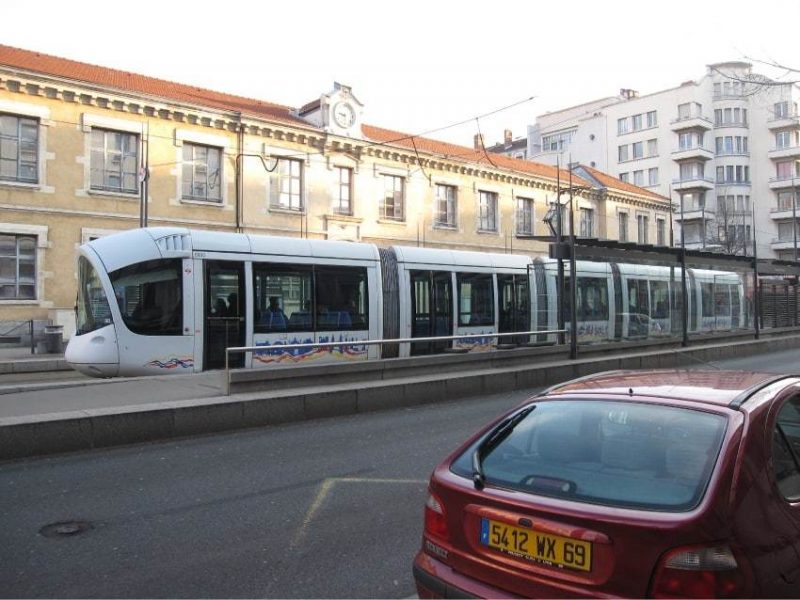
When successfully implemented, TOD reinforces the community and the transit system.
Economic benefits may not be immediately apparent, but in the future, with time and a safe and reliable system, they are realized.
Clearing the way for clean, modern, efficient transportation, LRT promotes an improved quality of life.
LRT saves passengers time when they travel into, out of, through, and across a city. Besides making a commute quick and easy, passengers no longer compete with traffic congestion, construction, or limited and costly parking, but, where available, can use connections to catch other city transportation services, bike, and footpaths. LRT encourages a healthier, more active lifestyle, and as the vehicles can carry more passengers than an average bus, more people can benefit from the speed and reliability of an LRT system.
Benefits unique to LRT compared to other forms of transit allow riders to reduce their stress levels and enjoy more of their free time. Riders can do many different things during their commute, including activities that give them pleasure and improve their quality of life, while enjoying the comfort and safety of an all-electric vehicle that avoids traffic.
It’s not just the ease, speed, and comfort of LRT that invite passengers; it’s the personal savings that add up. Weighed against maintaining a motor vehicle and its associated costs, using LRT is financially beneficial and less stressful. LRT is a sound choice for all, including those living on restricted incomes.
As more people choose LRT, fewer cars are on the roads, and fewer cars can mean fewer accidents, competitive insurance rates, less congestion, and reduced pollution. With improved noise and air pollution levels, reduced stress in citizens, the potential for a healthier, more vibrant community is an added benefit of LRT.
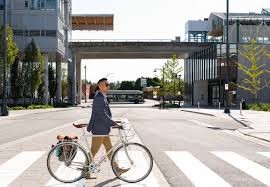
Our environment reaps the rewards of LRT
Economies and humans are not alone in benefitting from LRT systems; our environment wins too.
As a significant contributor to environmental pollution, the transportation industry has long been encouraged to reduce carbon dioxide, carbon monoxide, nitrous and sulphur oxides, and other volatile organic compounds and emissions.
With LRT systems replacing or reducing diesel-fuelled buses, tramways, and heavier rail with electric trains, the benefits are immediate – LRT is a sustainable alternative. Fewer buses running equates to decreased gas emissions and reduced demand for diesel fuel. But also, commuting by LRT means fewer vehicles making daily trips around the city, resulting in significantly reduced greenhouse emissions and decreased need for gas. The reduction in demand for and burning fossil fuels means better air quality for us, the planet, and every living thing.
LRT systems minimize the impact on local ecosystems whenever possible by factoring in environmental sustainability and protecting local wildlife and natural and semi-natural vegetation, adhering to local bylaws.
Cleaner energy sources drive current LRT systems, and as technologies evolve, future LRT systems will potentially channel renewable energy alternatives. These, combined with the mentioned benefits and others not captured here, influence environmental sustainability.
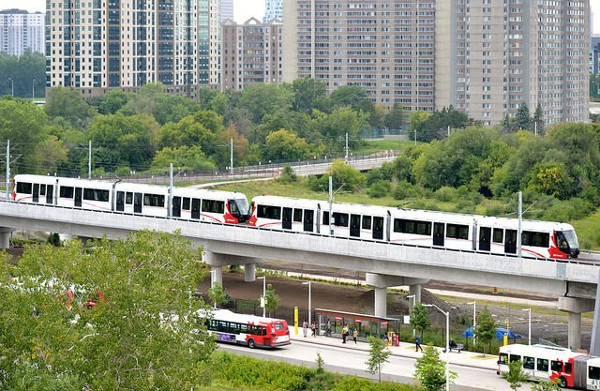
Collectively, the economic, social, health and environmental benefits are clear – light rail transit is about much more than commuting from one place to another.
